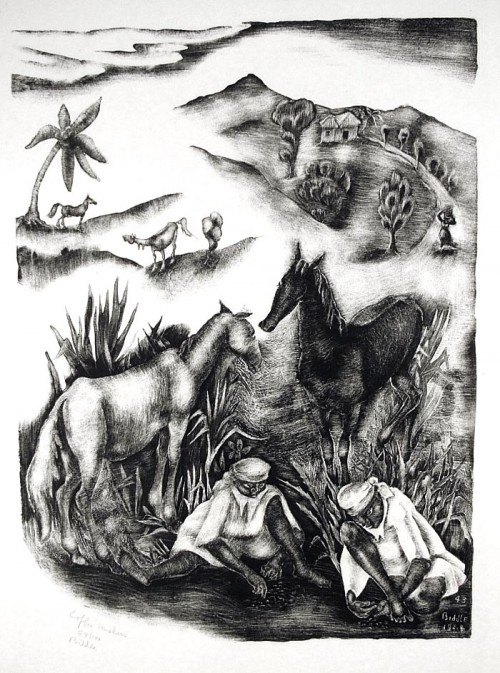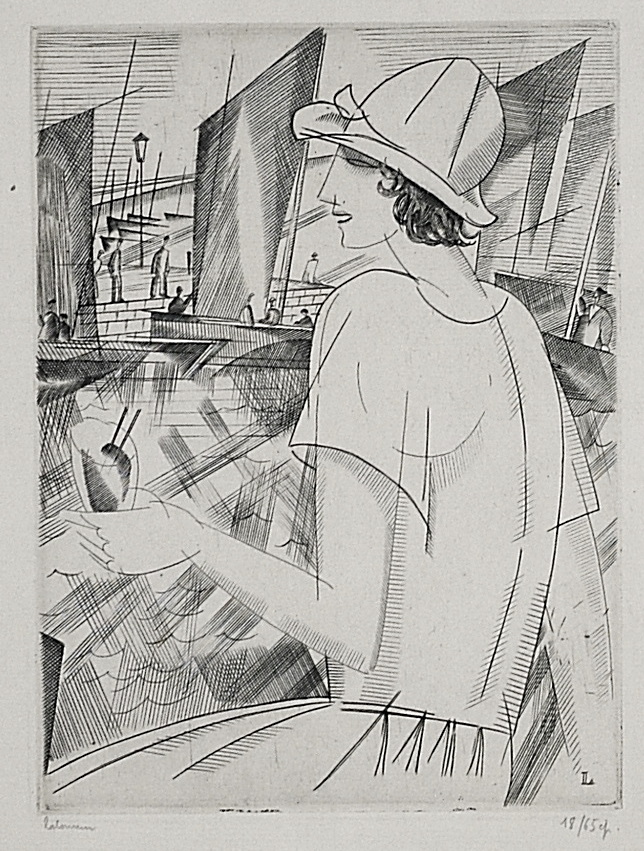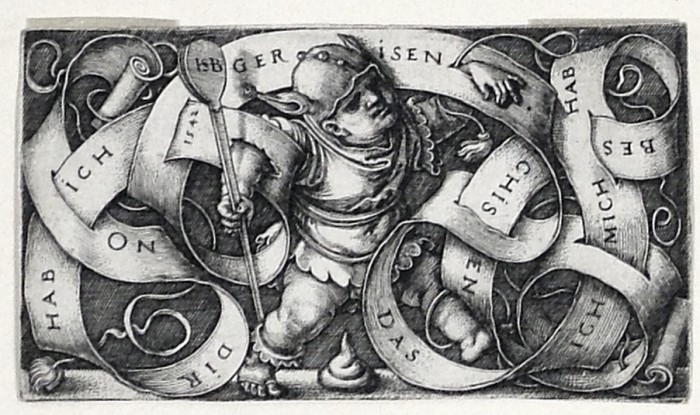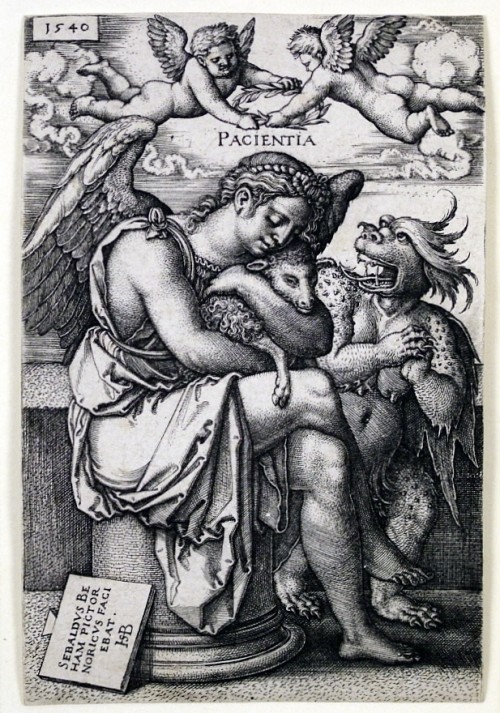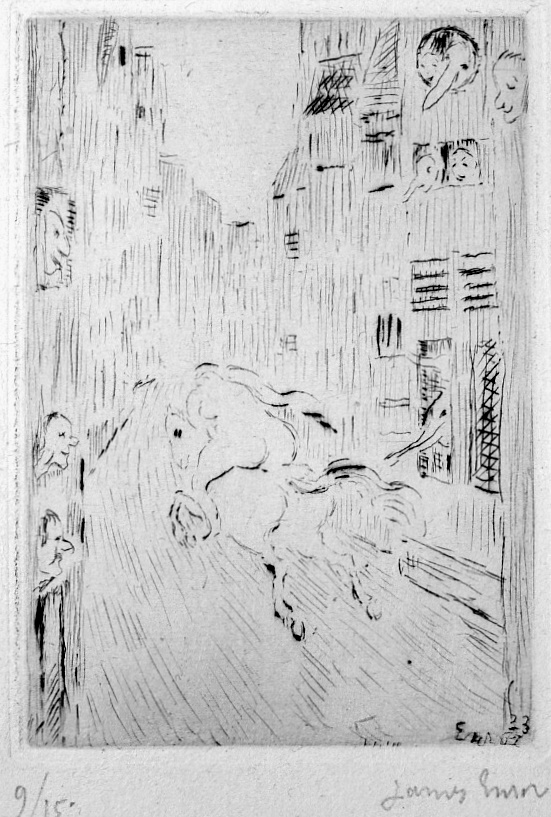Coffee Huskers
Monday, January 30th, 2012
George Biddle (1885-1973), Coffee Huskers, 1928, lithograph, signed, titled and numbered [also inscribed ’43/Biddle/1928 in the plate]. Reference: Pennigar 77, Trotter 43. From the edition of 100, on Rives cream wove paper, with the Rives watermark. In excellent condition, probably never framed or matted, the full sheet, 13 1/4 x 9 3/4, the sheet 16 x 11 1/2 inches, archival mounting (mylar non-attached hinging between acid free boards glassine cover).
A fine black impression.
Biddle wrote of this lithograph, in 1943: “After scraping the tusche away…I worked back with a pensil (sic) and again with diamond. This all adds to the richness of texture and color.” This work produces a very sophisticated lithographic look, akin in some ways to drypoint work in etching.
After Groton, Harvard College and Harvard Law (and several breakdowns) Biddle concluded that a conventional career in law was not for him; he decided on art, went to Paris, worked with Mary Cassatt and familiarized himself with modernist currents in art (as well as more traditional European art).
After serving in WWI, and the dissolution of his marriage, he became interested in working outside of the European tradition (although his travels continued to include Europe, and he spent a period working under the influence of Jules Pascin in Paris in the mid-‘20’s). Coffee Huskers, like many of the Mexican and Haitian prints of the late ’20’s, seems to reflect Pascin’s influence, particularly in the modernistic flattening of the perspective.
